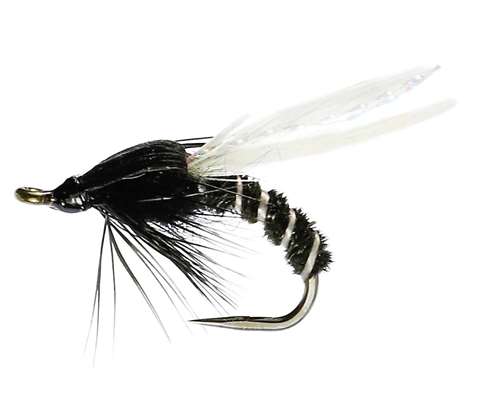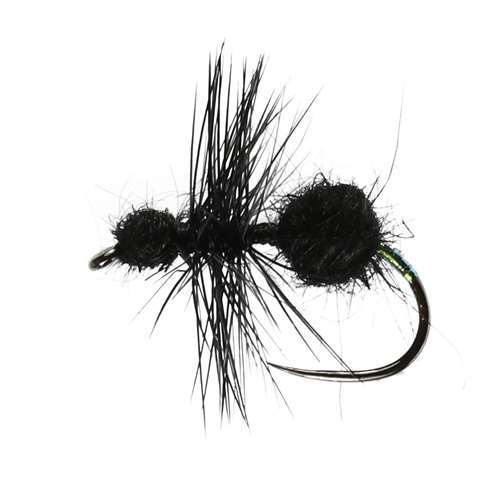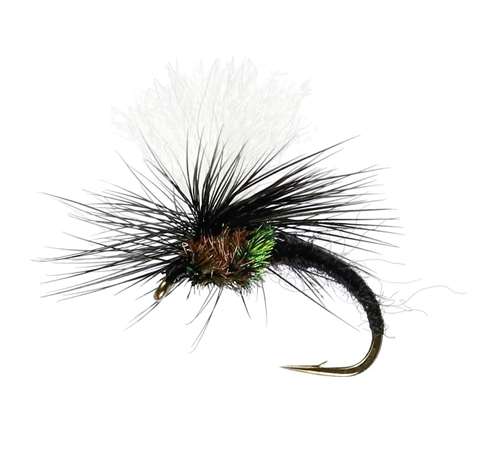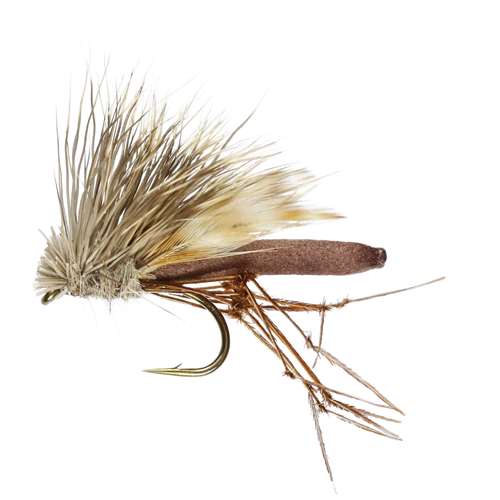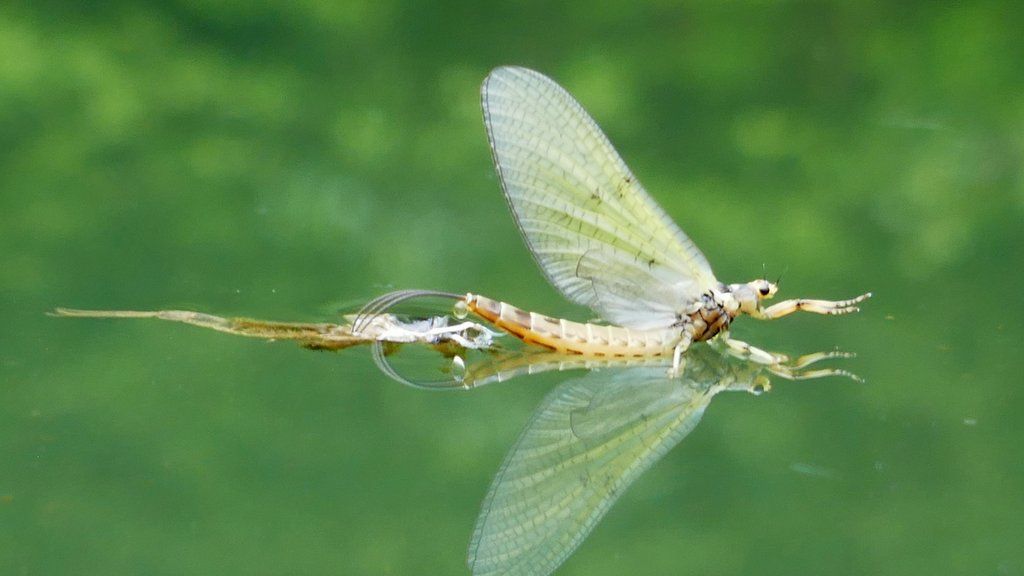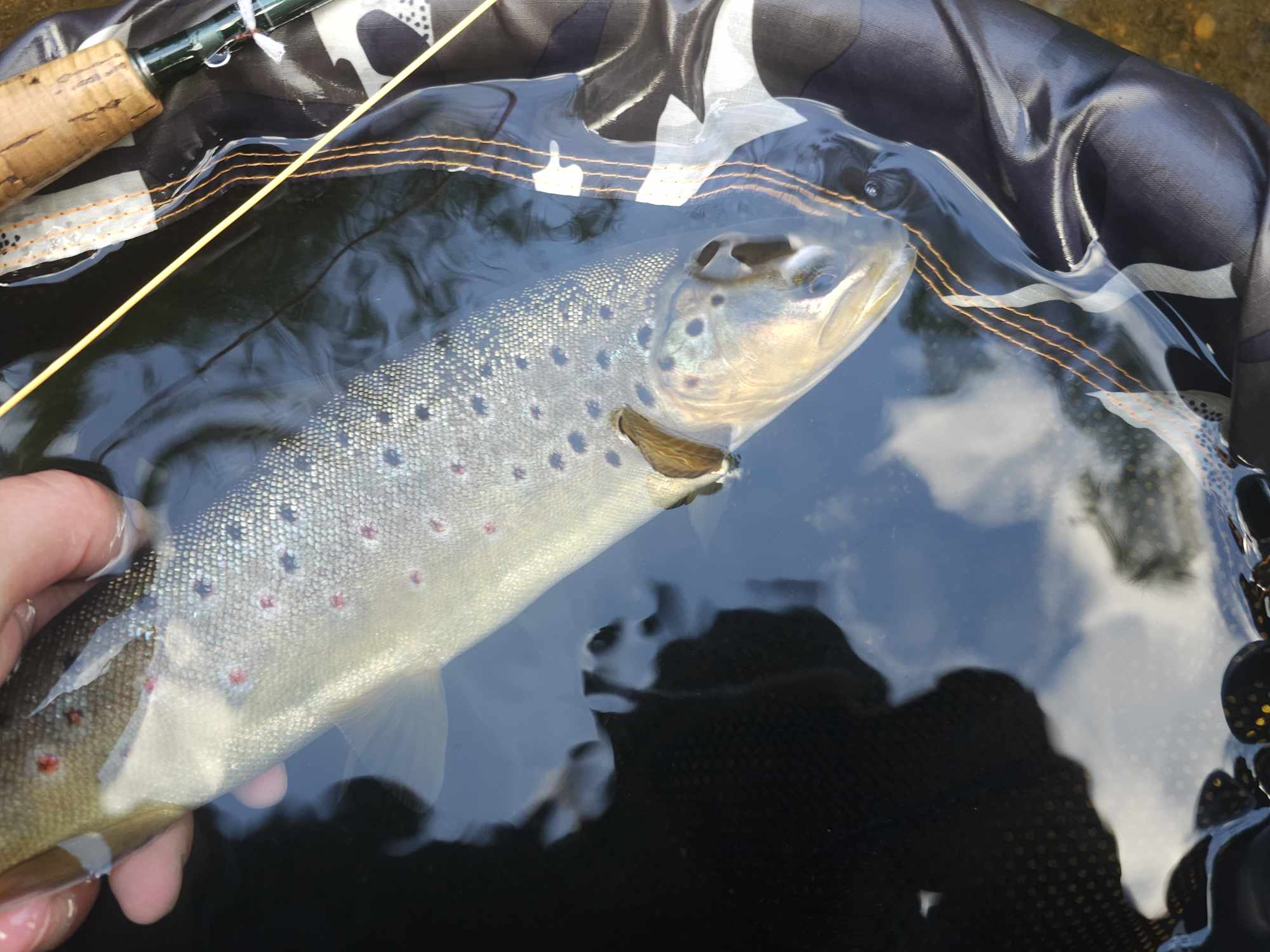There’s a small olive coloured upwing species that despite its tiny size, causes quite a stir with trout on warm summer evenings. We’re talking about the Blue-winged olive (BWO). On rivers and streams across the UK this wee fly will have trout queuing up as the light fades.
The mayfly period might well be referred to as ‘Duffer’s Fortnight’ when apparently all the trout in our waters throw caution to the wind and feed greedily on mayflies. However there are periods when trout become bewilderingly tricky. This usually occurs in the early days when fish that have previously been eating tiny morsels such as midges and black gnats feel a little intimidated, or outfaced by the sheer size of adult mayflies. That said, once trout get a taste for mayflies they really do ‘lock on’
1 September 2023 | Phillippa
River fishing in September can be phenomenal and we usually get some nice warm and dry weather, which is music to the ears of a river angler after all the wet weather we’ve had this season! Fingers crossed we have a good end to the season!
The long hot days of July and August will see the bulk of sedges (caddisflies) hatch off come evening time. Whether it’s on a stillwater, or river those prepared to hang around in the evening often get the best of the fishing during summer, especially when hot, bright conditions persist. Better still, anglers who are stuck in the office all day, can rest assured that they’ll get a slice of the action too by heading out after dinner.
Fly In Focus - March Brown. Paul Procter talks all things March Browns, methods to fish them and fly choices to fool them fish! The fabled March Brown is considered by many as one of our most icon upwing flies. And whilst they don’t occur everywhere, they are one of the first upwings we experience during the opening weeks of a trout season. Naturally, as their common name implies they appear during the month of March. That said, some of the best hatches are often experienced throughout April.
I recently had a red letter evening on my local river. I arrived at the river and it just felt right! I always stand and observe what is happening before I make a cast. It can often give you the answers you need to fool a fish! Weather that be you spotting what the fish is taking or the fish rises and gives away its spot! I tackle up with my trusty 10ft 4wt, my go too rod for river fishing. I have a 12ft tapered leader and with us being mid season and the rivers being on the low side, I added a couple of extra feet of tippet to the end of my tapered leader.
Trout are currently going bonkers for this fly! The perfect dubbing to tie it too!
There’s a small olive coloured upwing species that despite its tiny size, causes quite a stir with trout on warm summer evenings. We’re talking about the Blue Winged Olive BWO) On rivers and streams across the UK this wee fly is causing quite a stir with trout lining up to grab this in demand meal!
There are lots of sedge/caddis patterns we can choose from when it comes to imitating sedges on the warmer evenings, however perhaps one of the most versatile dressings is the ‘Elk Hair Caddis’. Developed by an American called Al Troth this pattern can be dressed with, or without a palmered hackle. Obviously, a fly with the body palmered hackle has superior floating properties, which comes in handy when fishing more animated water, like a tumbling pool on a stream, or a big, rolling wave on a reservoir. A hackle-less version naturally rides lower in the surface film, making it a favourite where smooth, flat water occurs and when trout are targeting stillborn, or spent caddis that lie almost flush in the film.
We take a look at the mayfly compara dun, a fly you need in your box for the mayfly season!
There’s countless mayfly patterns out there, which decorate our fly boxes and granted most of them are killing patterns. However, it seems many of them fall into one of two camps, those for stillwaters and the others for use on rivers. There are some though that cross the divide and appeal to trout on both lakes and running water. One such dressing is the Compara Dun Mayfly. And whilst it trades on being a ‘adult dun’ pattern in essence, such is its low riding profile it will easily pass off as an emerger.
7 August 2023 | Phillippa
A common fly that appears in our gardens and homes towards the backend, Daddy Long Legs (Craneflies) really need no introduction here, as they’re instantly recognizable by those six gangly legs. Gardeners know they larvae stage of daddies as leatherjacket, which are considered a pest as they eat the roots of various plants and vegetables. These larvae eventually pupate and what emerges from the soil is an adult cranefly, which makes them a terrestrial. Craneflies can be found far and wide, especially in undisturbed areas like bracken clad fells.
Your Question Answered!
Dry flies sinking
Floatant advice




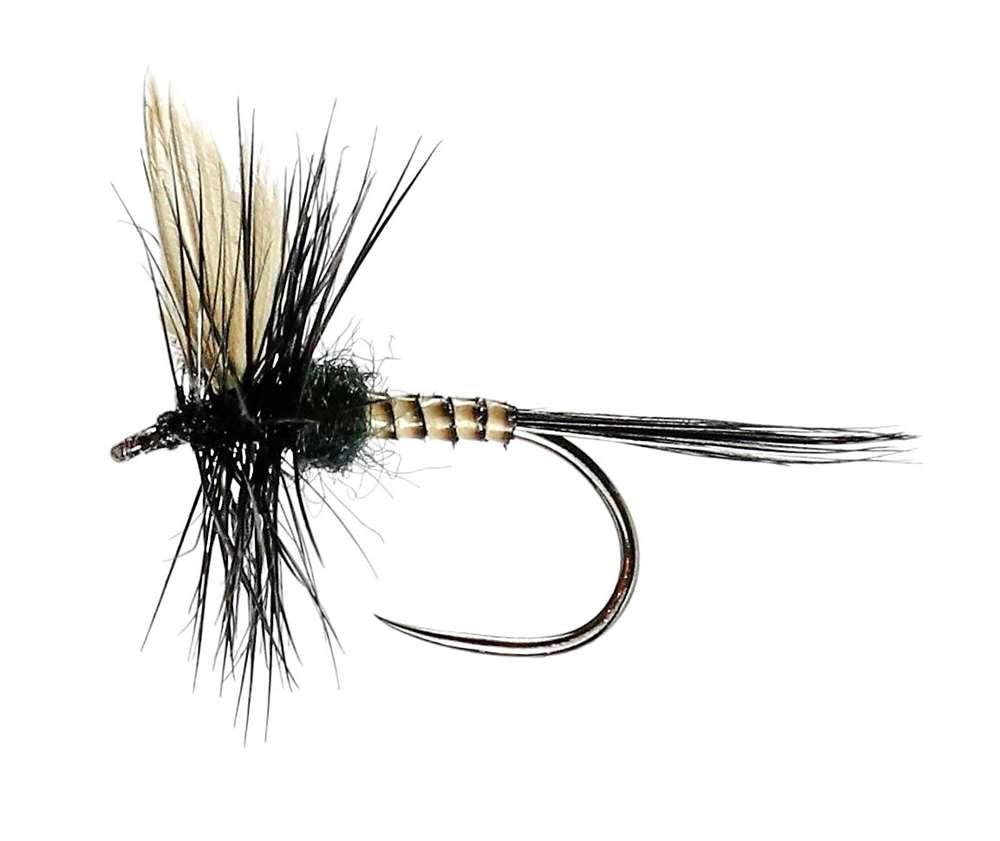
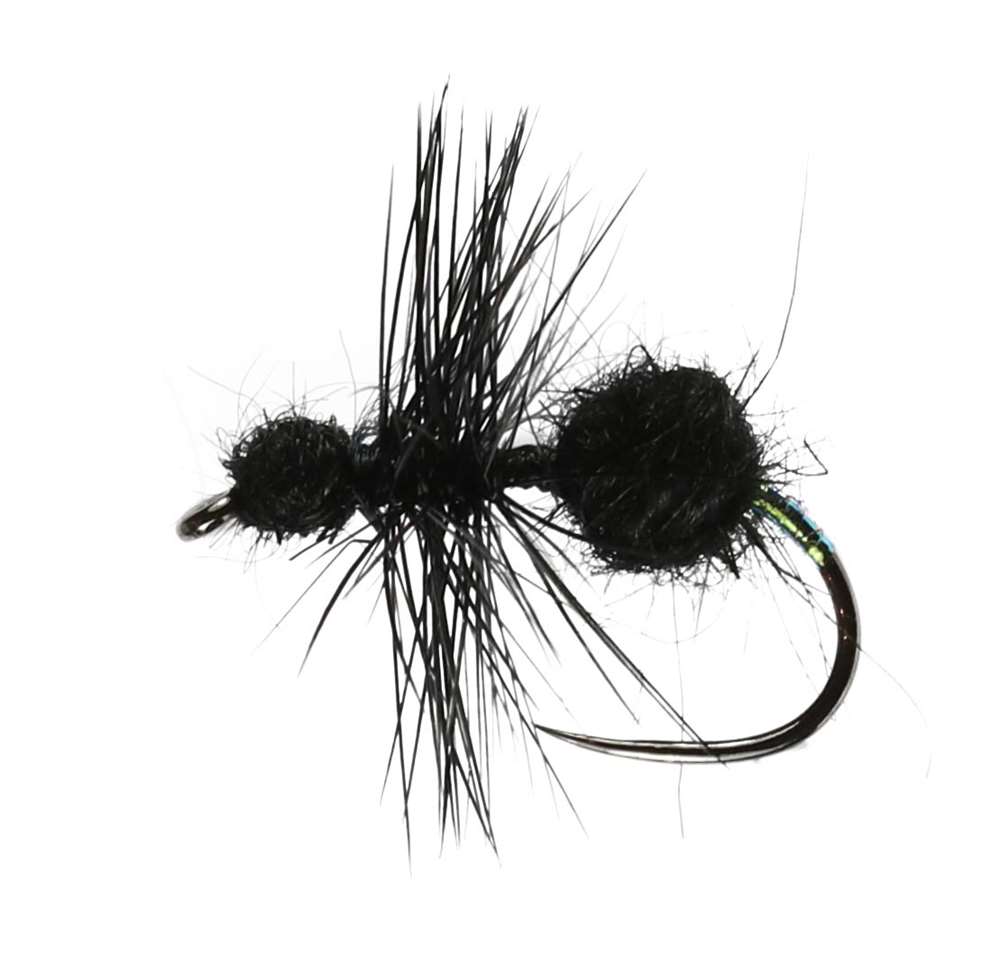
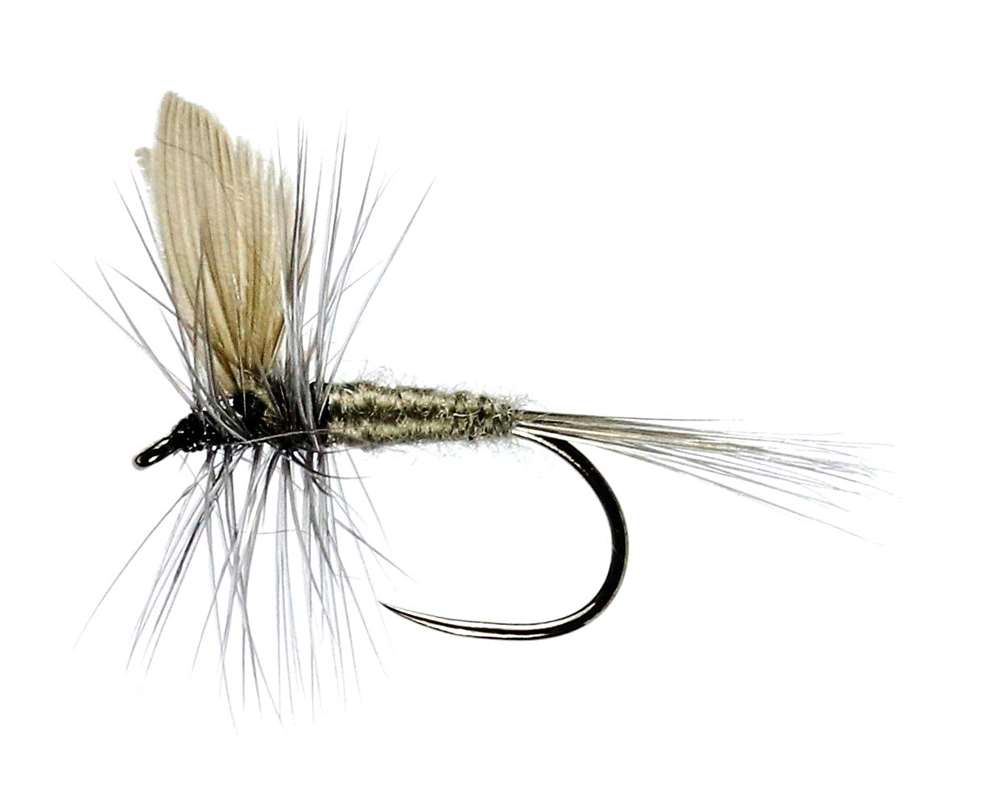
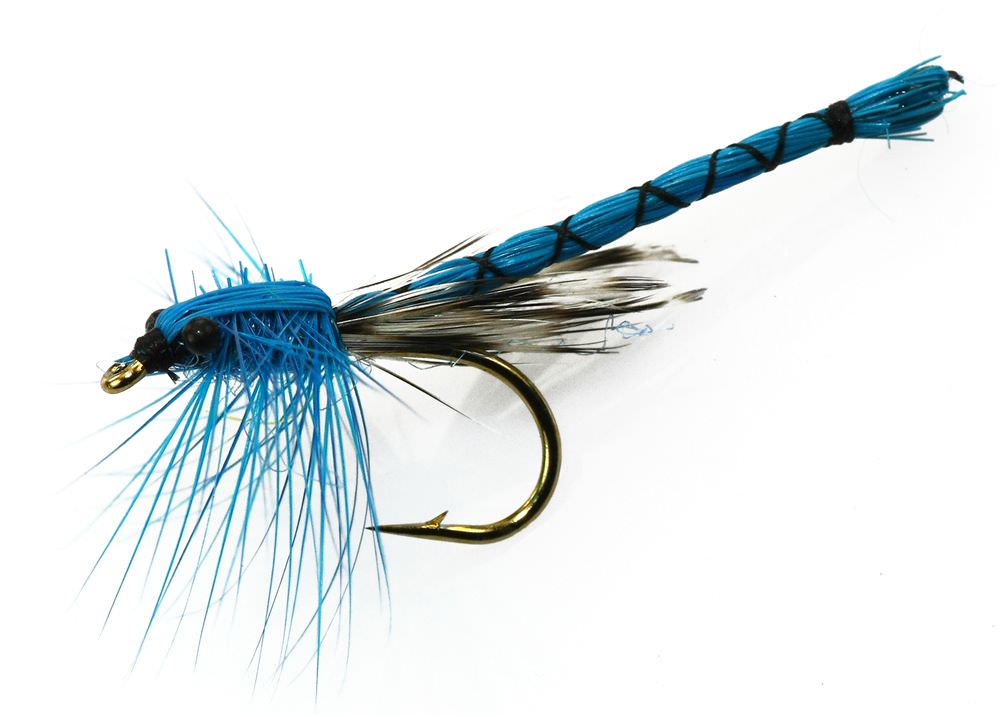
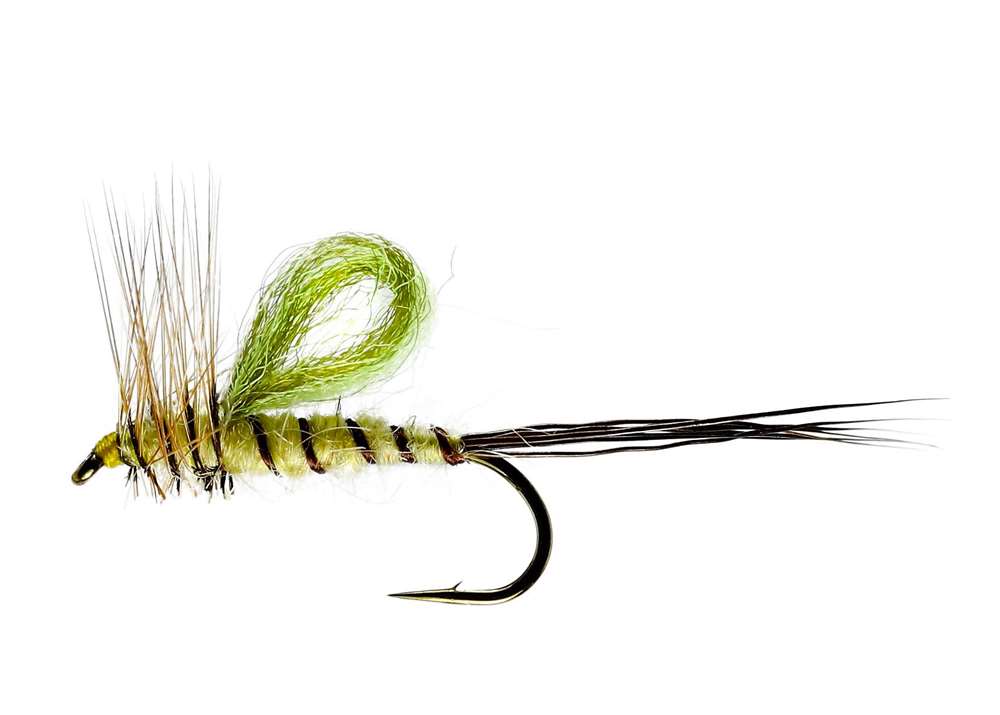
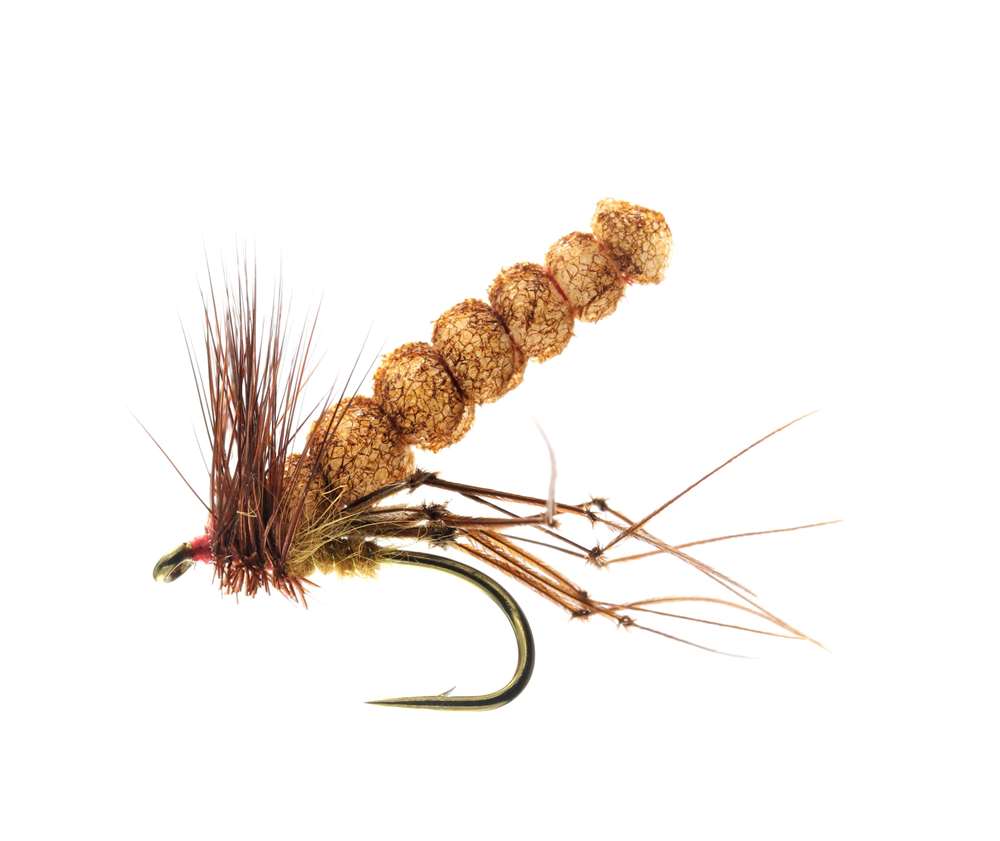
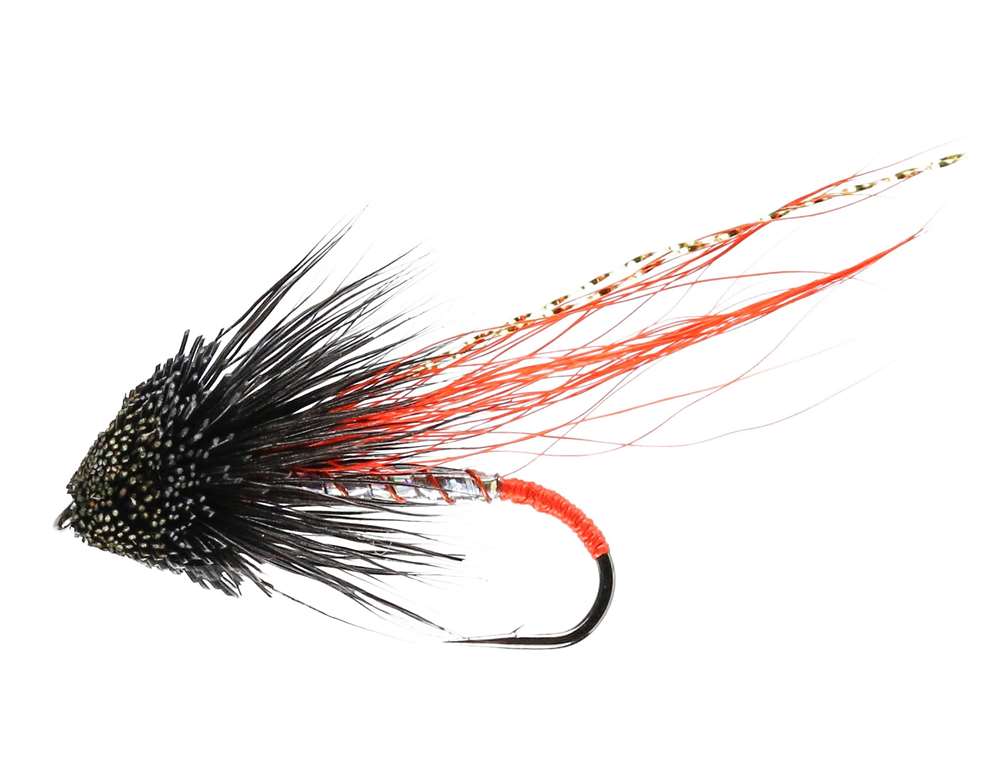
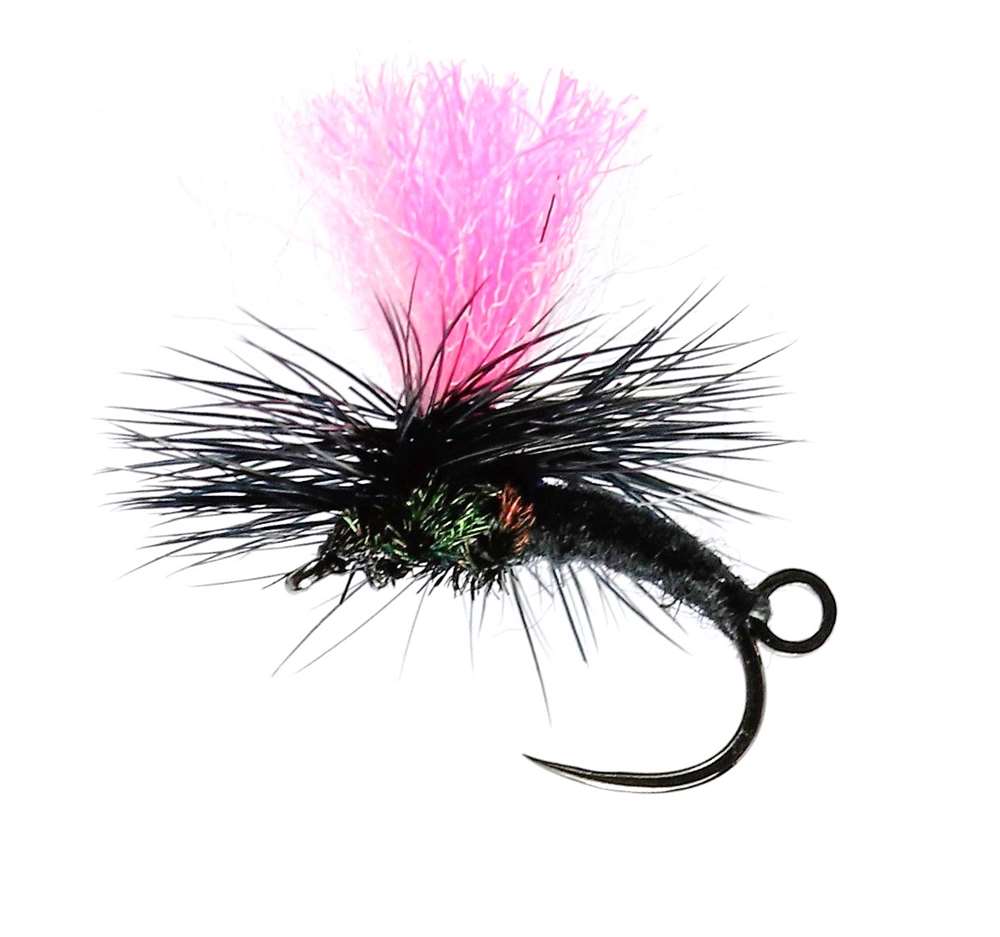
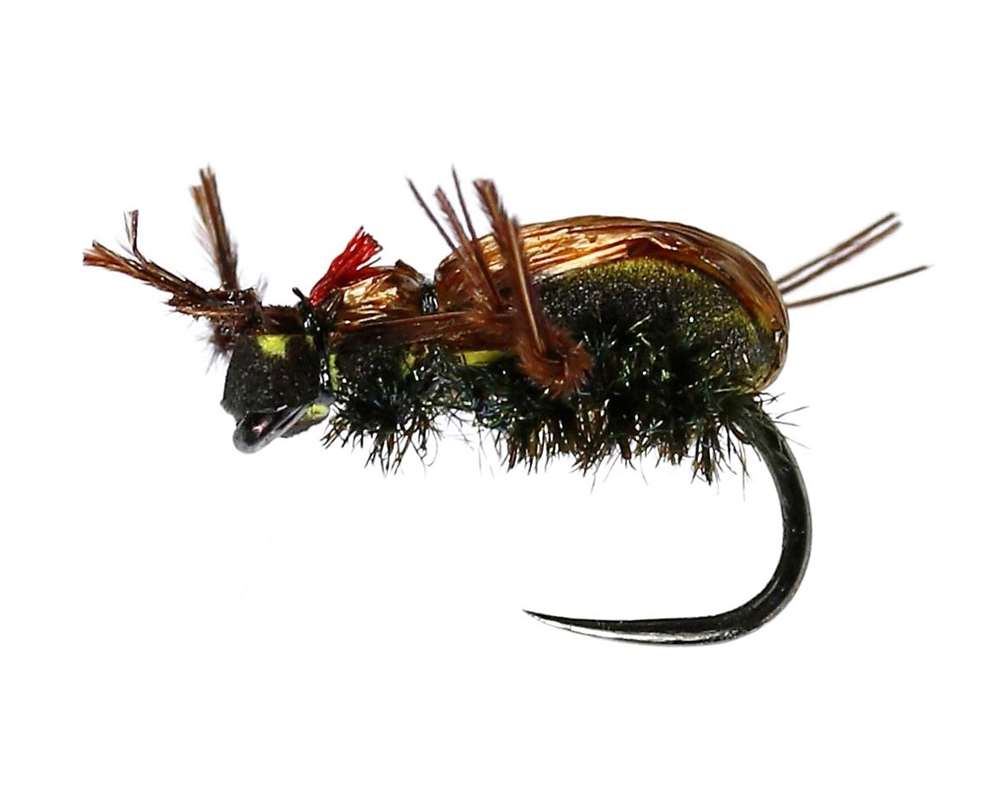
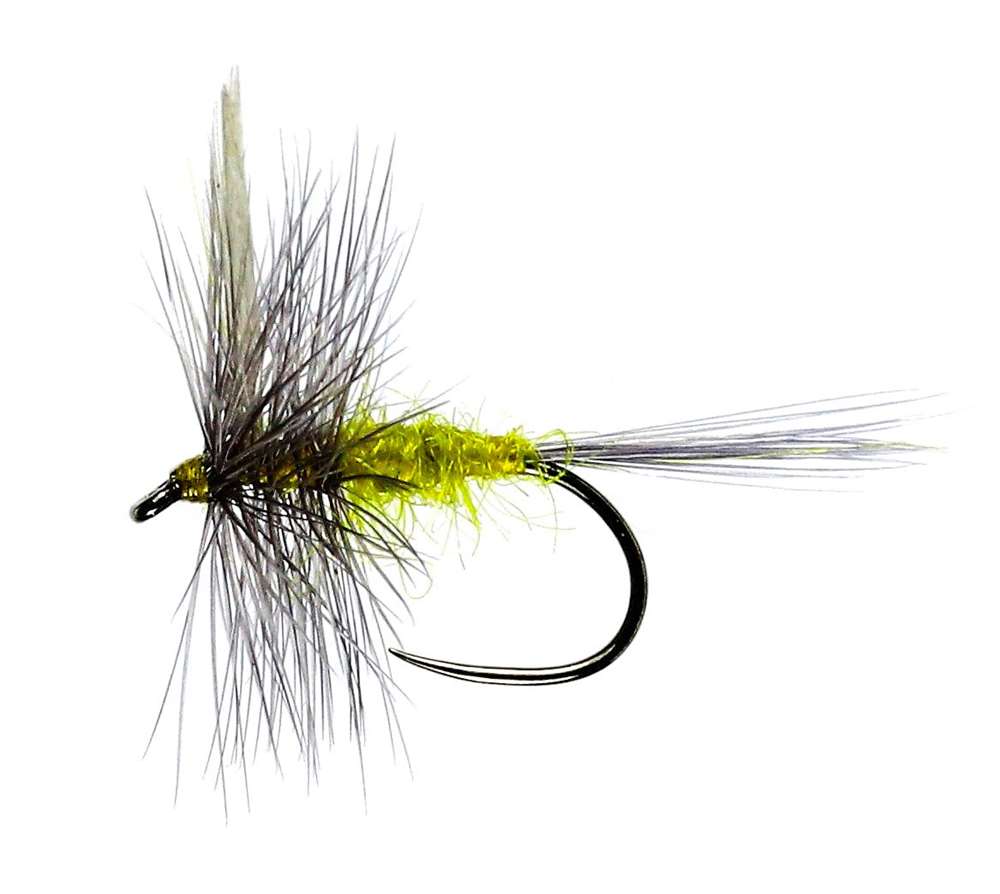
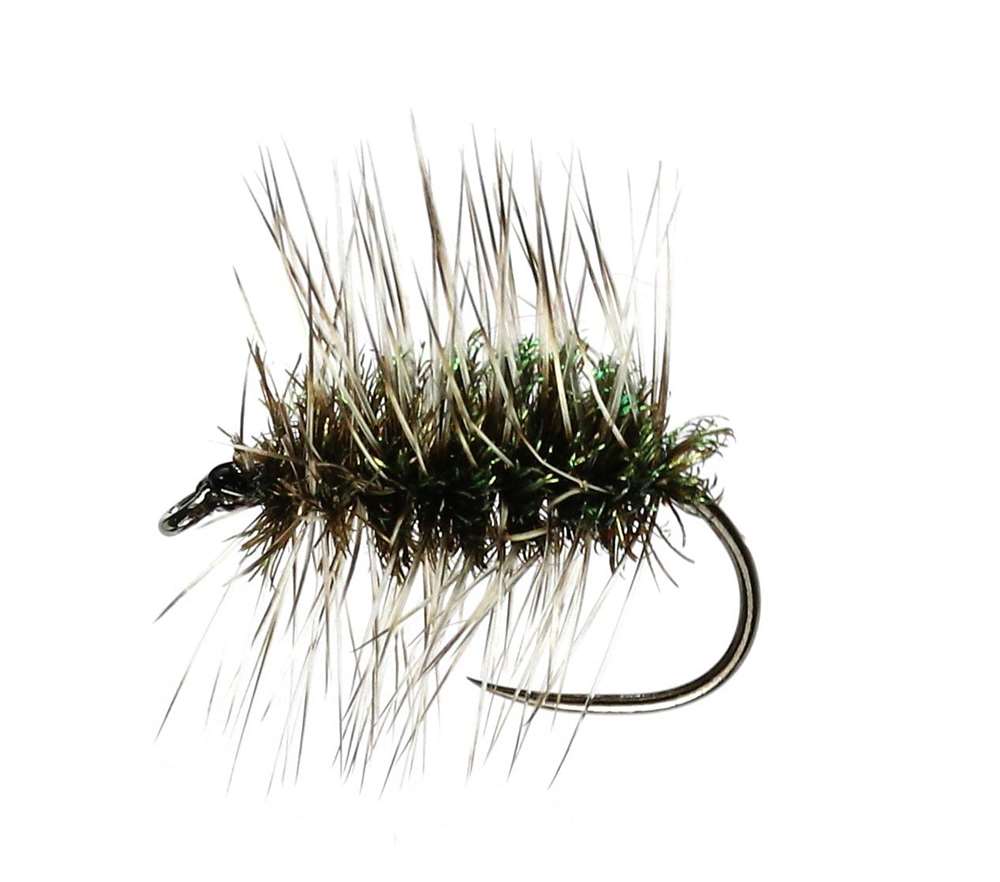
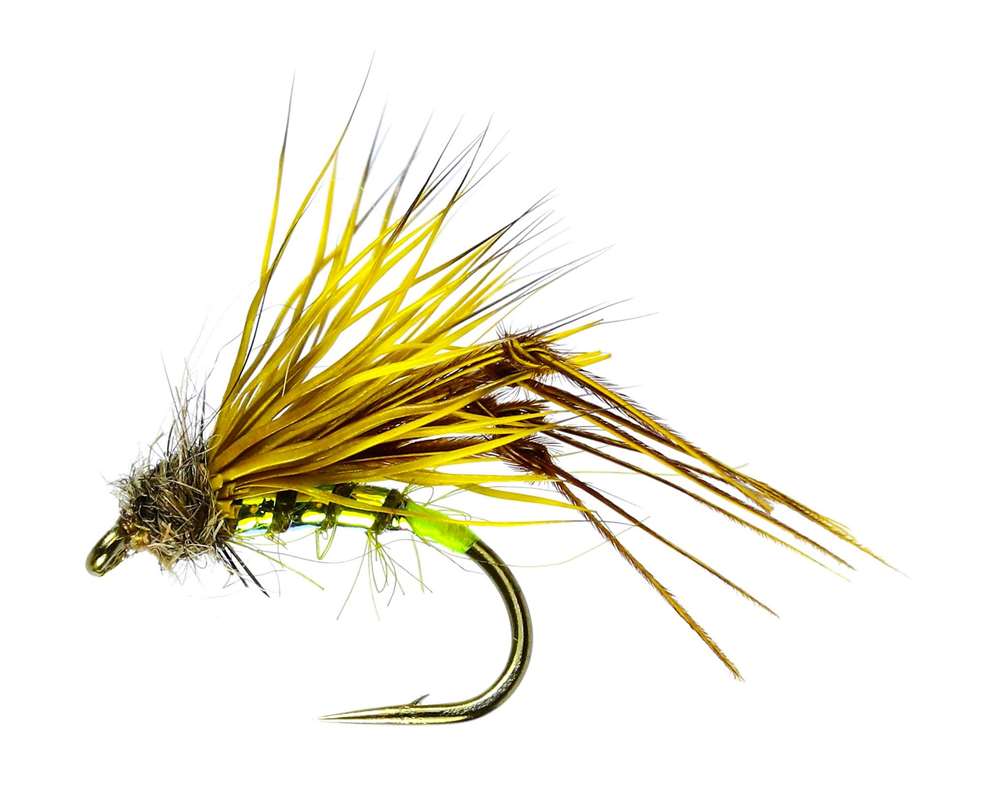
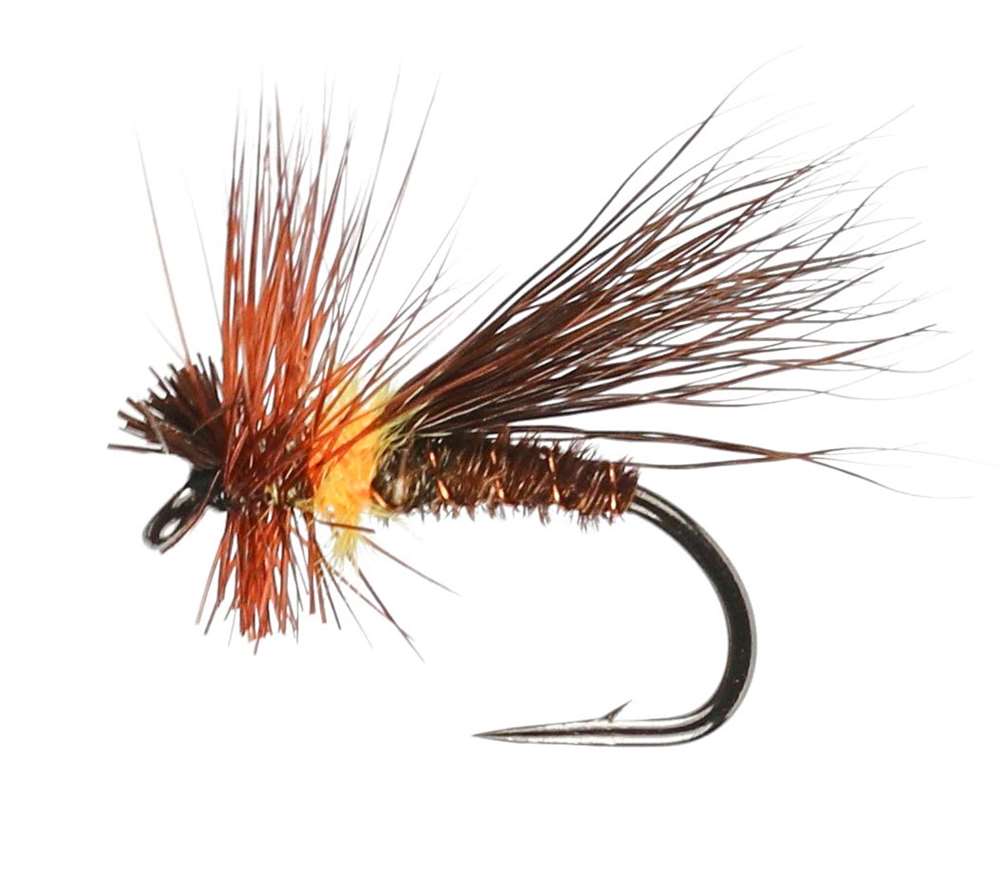
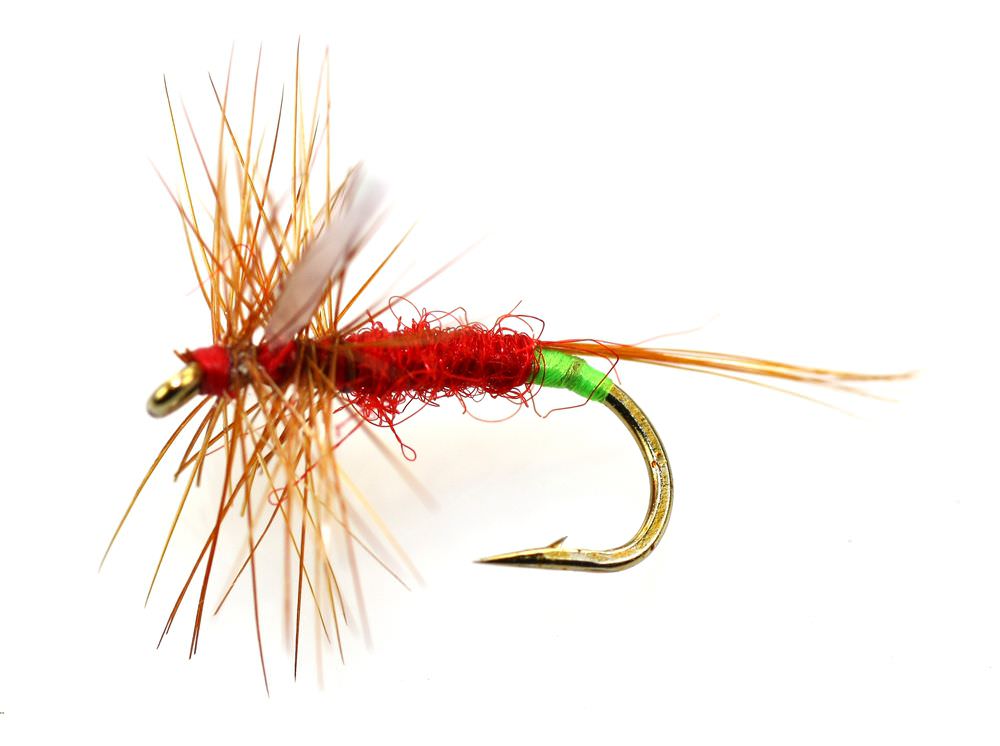
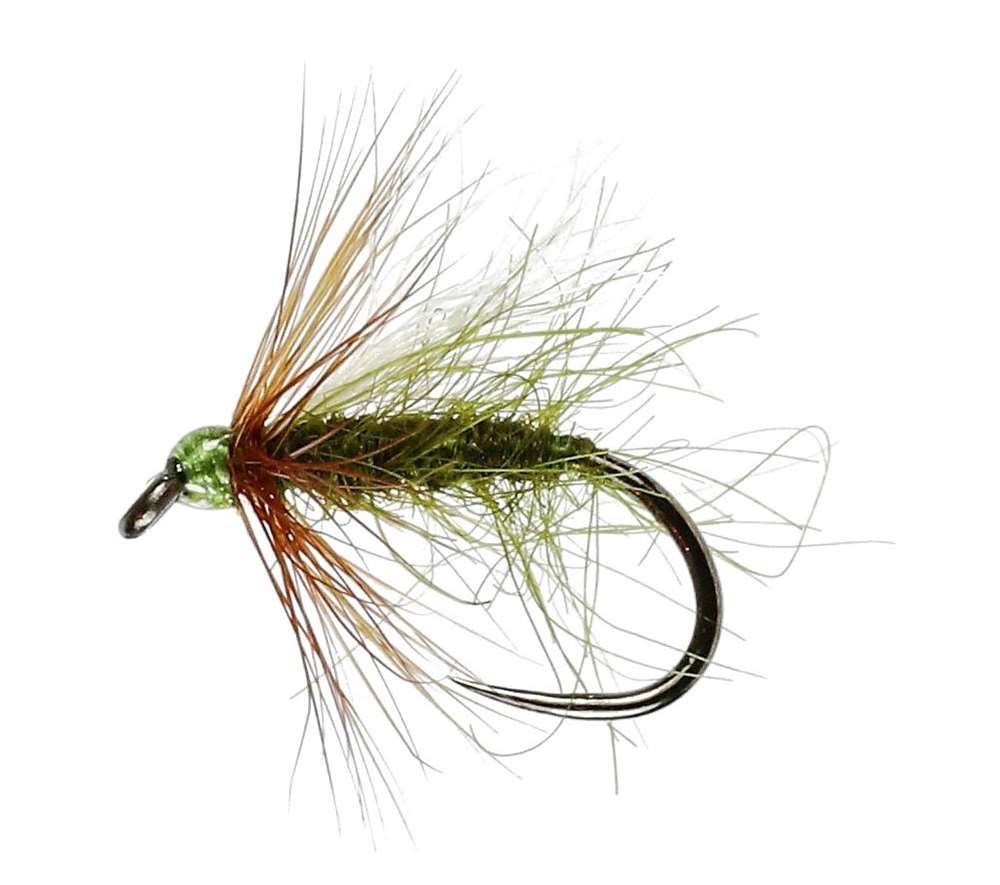
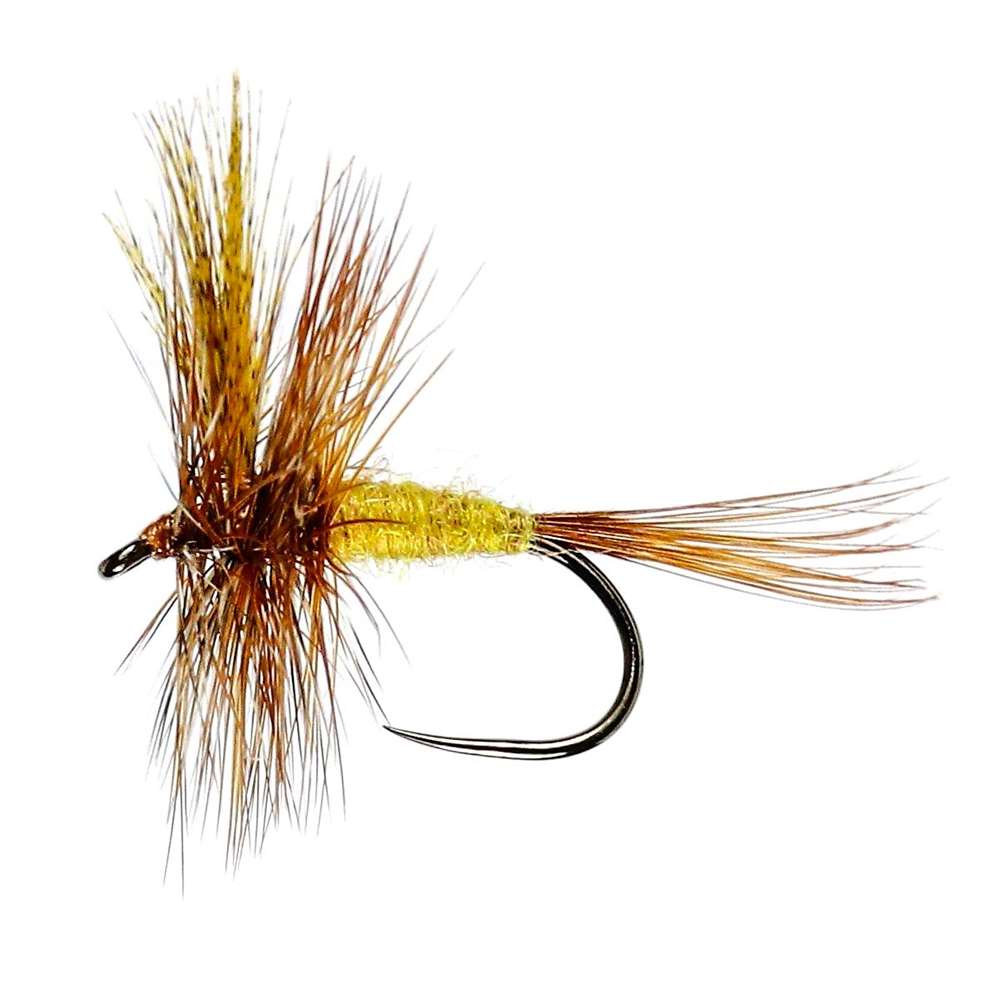
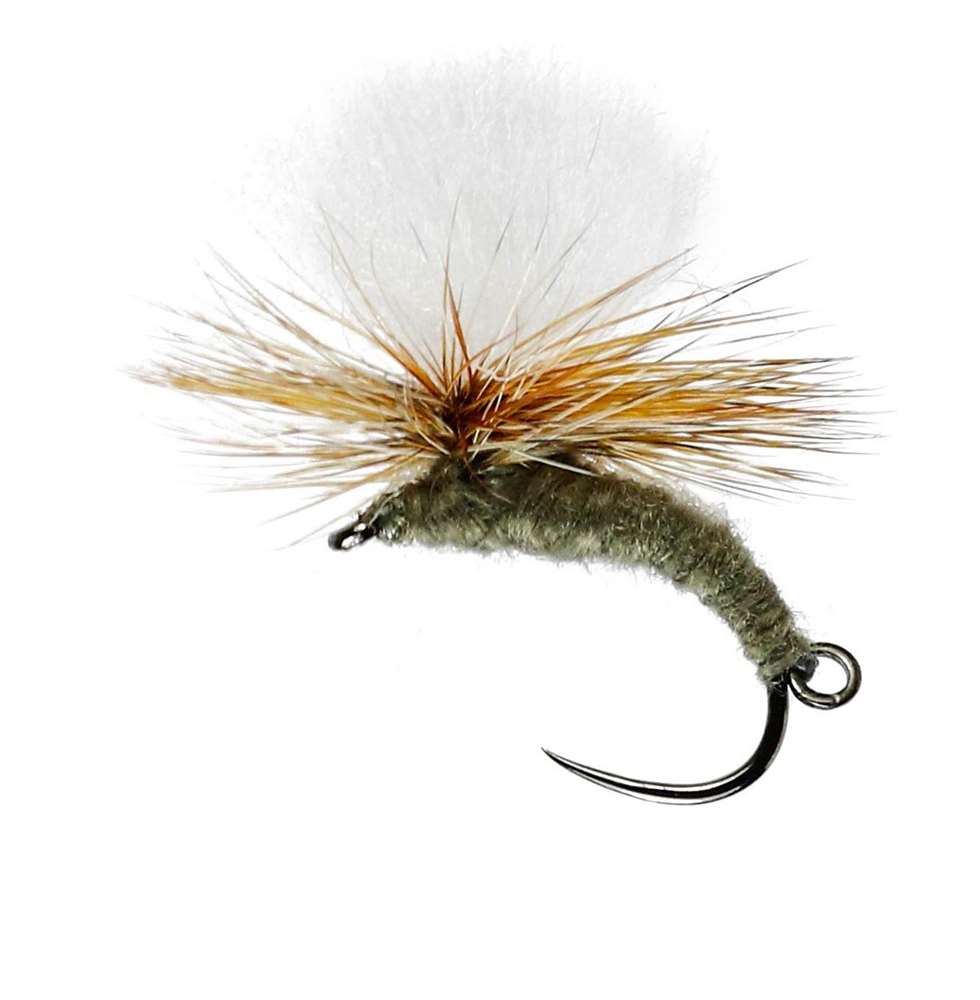

.jpg)
.jpg)
.jpg)








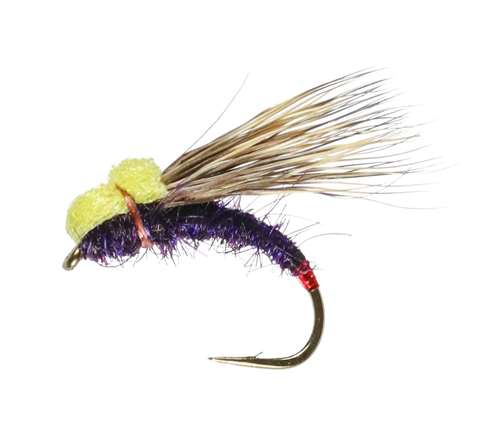


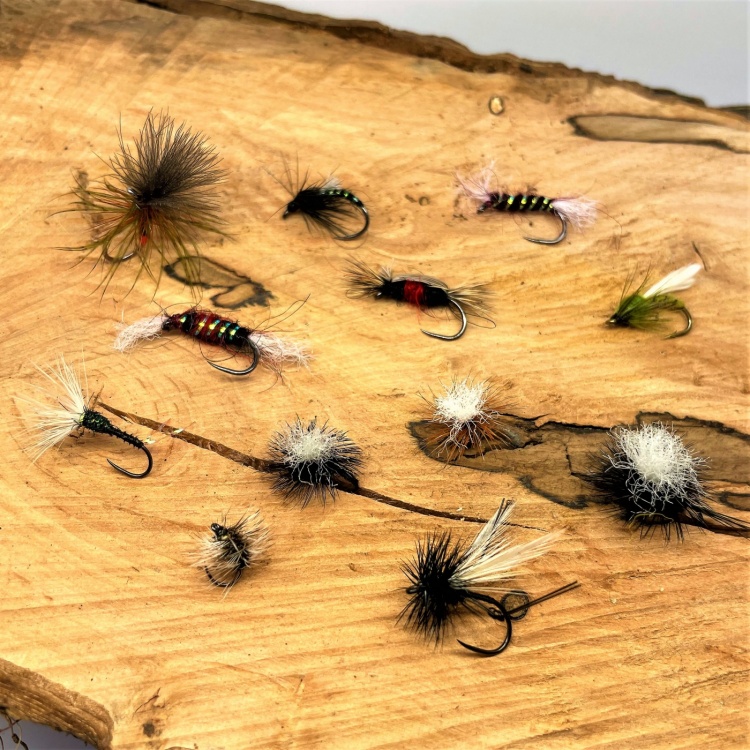
.jpg)
